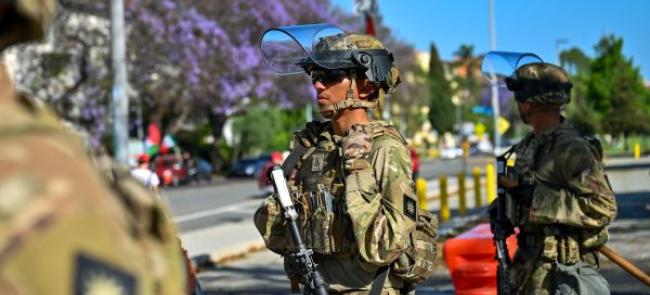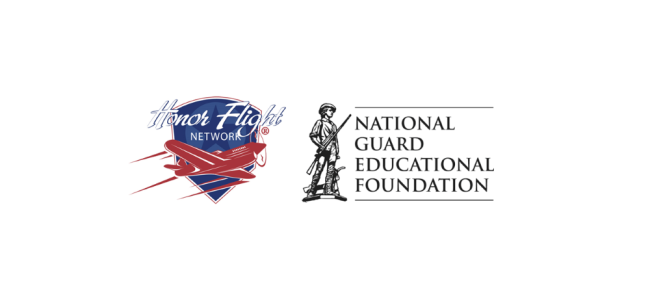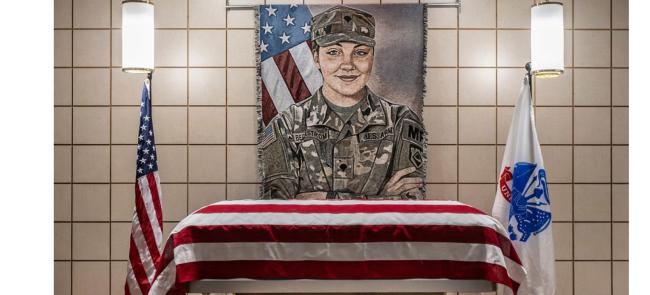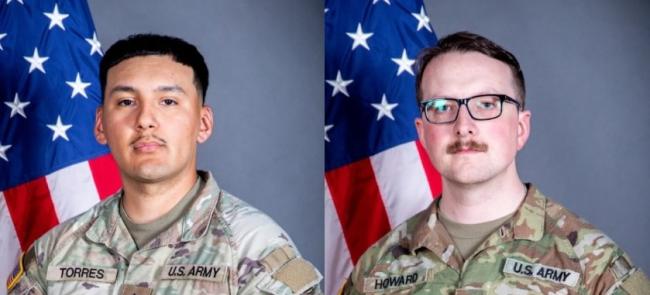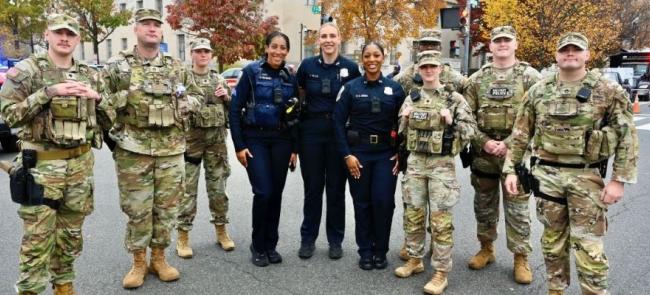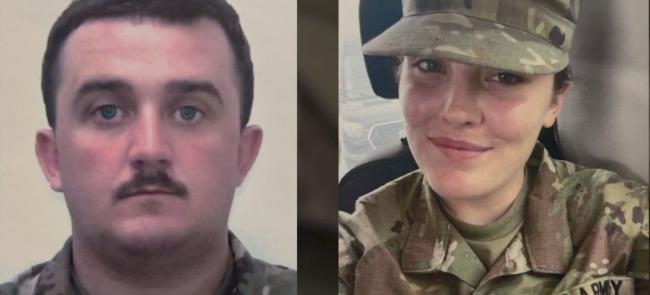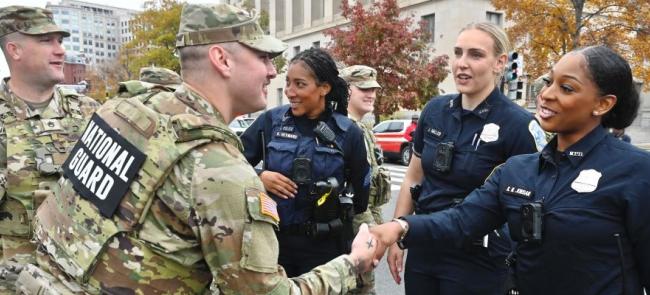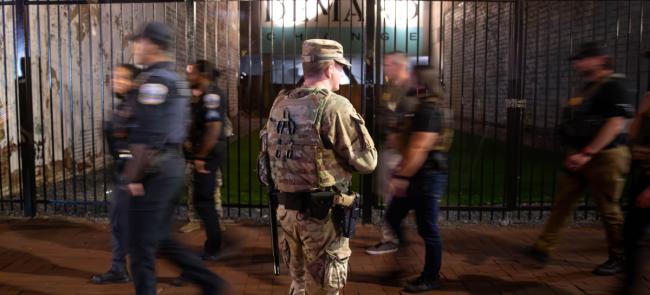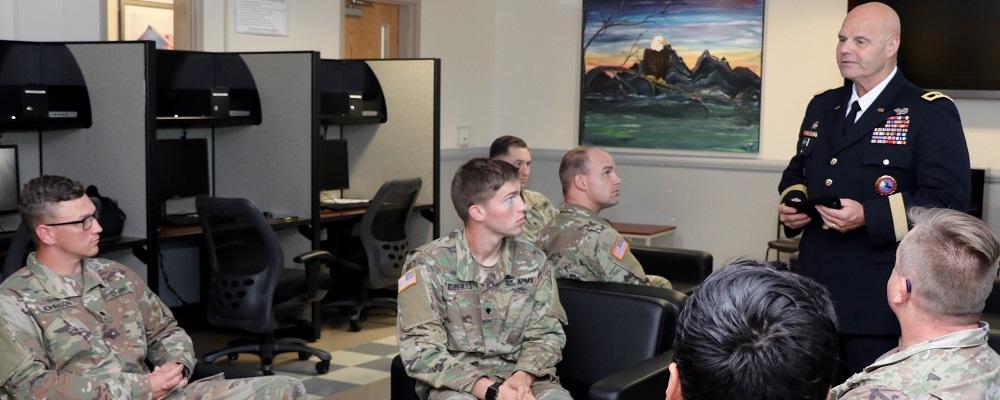
The Army will restructure its Warrior Care and Transition Program and establish one set of criteria for all soldiers, regardless of component.
Changes could lead to more National Guard troops recovering from wounds or illness to be assigned remote-managed care, rather than being assigned to special units on active-component installations. They are set to go into effect in the New Year.
There are approximately 2,500 soldiers currently assigned to warrior care and transition units, known as Warrior Transition Battalions. About 675, or 27%, of those soldiers are Guardsmen.
The units are open to all soldiers, regardless of how they are injured or become ill in the line of duty, who meet entry criteria.
Under the Army’s restructure plan, existing Warrior Transition Battalions will be renamed Soldier Recovery Units. But soldiers requiring noncomplex care will be managed remotely.
For Guardsmen, that would mean enrollment in Reserve Component Managed Care, which will assign a soldier to a Guard armory that is within reasonable commuting distance to his or her home. Remote staff would interact with the soldier daily and conduct periodic interactions with local medical providers to ensure the soldier attends appointments and progresses through the approved treatment plan.
The restructuring follows a comprehensive Army review, officials said. It coincides with updated policies and procedures meant to simplify eligibility criteria and focus resources to meet soldiers’ needs at the unit level.
“As the Army’s premiere program that cares for wounded, ill and injured active-duty, Army Reserve and Army National Guard soldiers, this restructure tailors services to fit the unique needs of every soldier,” said Col. Curtis Douglass, the deputy chief of staff for Warrior Care and Transition at Army Medical Command. “The Army’s greatest asset is our people and we are firmly committed to taking care of our soldiers.”
Douglass said high-risk soldiers will not qualify for remote management programs. And remotely managed soldiers may be sent to a Soldier Recovery Unit if his or her recovery takes a step back while in the program.
Guard and Reserve soldiers will be assessed to remote programs after Jan. 1, 2020, officials said. Those who enter a Warrior Transition Battalion before the restructuring will be allowed to follow their existing transition plans.

